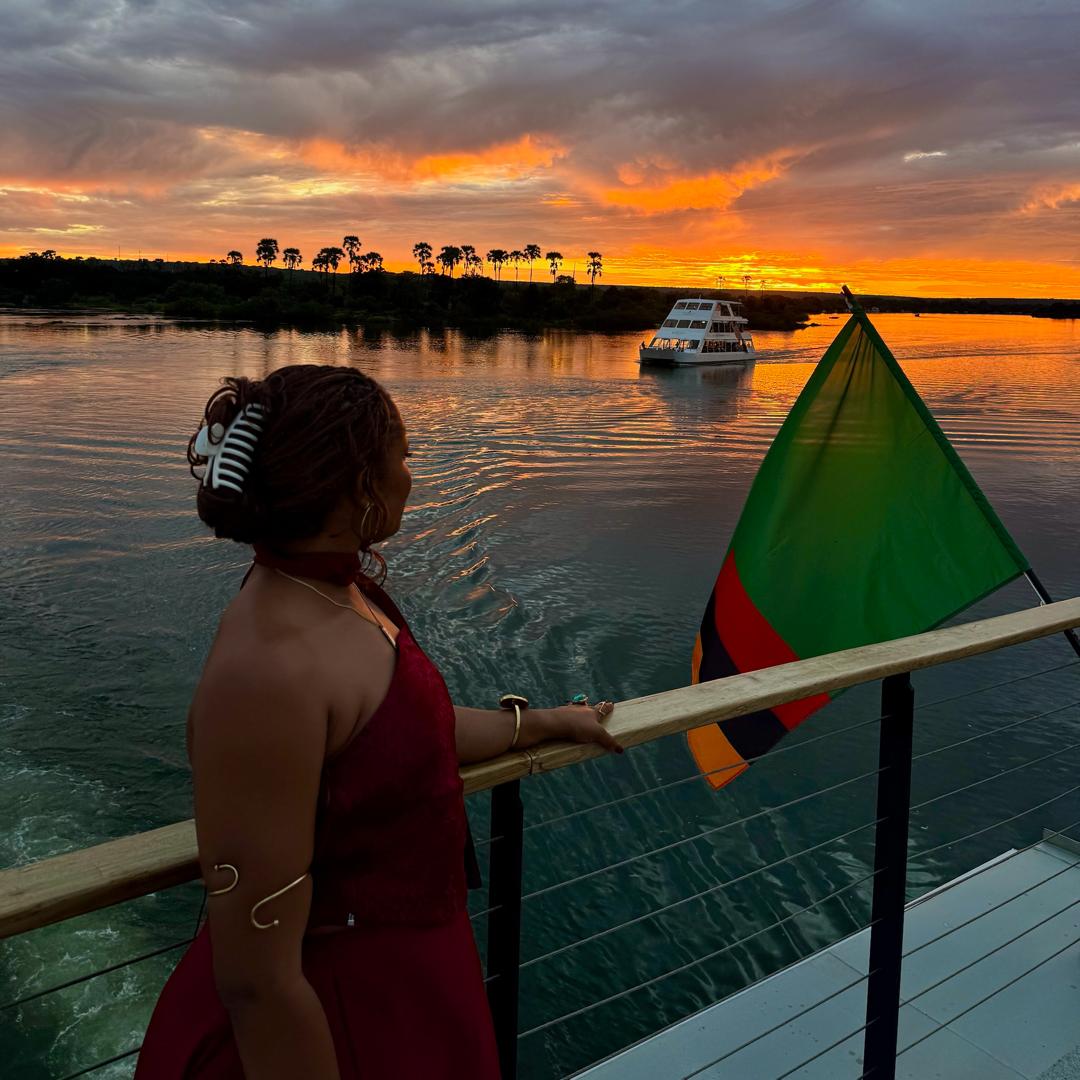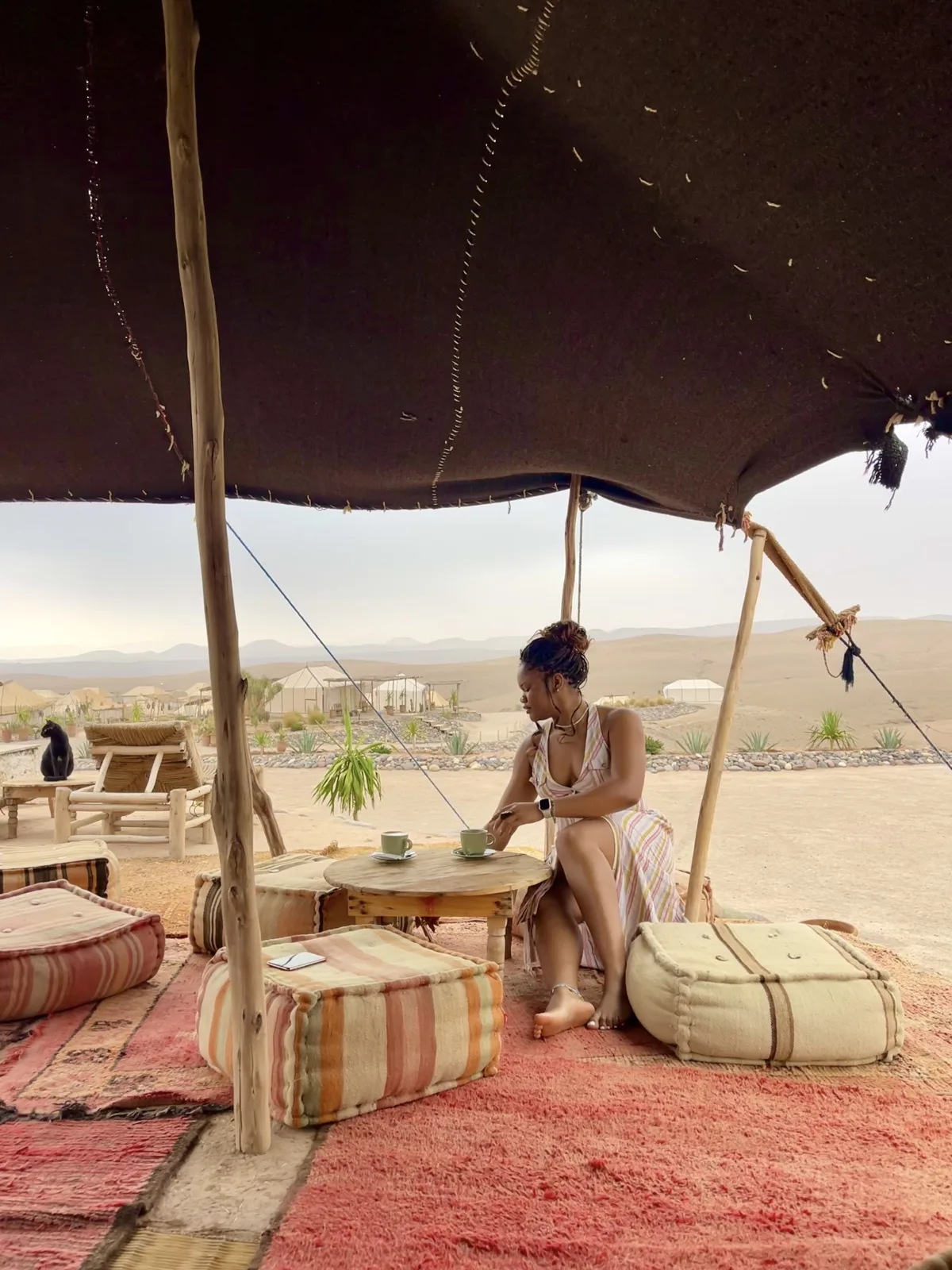Your cart is currently empty!
Category: Uncategorized
Everything You Need to Know to Visit Zambia for the First Time
Zambia is one of Africa’s most underrated travel destinations. After visiting and planning trips across Africa for hundreds of clients, I can confidently say that choosing Zambia is one of the best travel decisions you can make.
Morocco: An Unforgettable Journey and Everything You Need to Know for Your Trip
Morocco has always been at the top of my list of countries to visit, and it was the first North African country I had my sights set on. Last year, we finally had the opportunity to visit in September. What are the odds? An earthquake occurred while we were there—the first significant one since 2004.…

